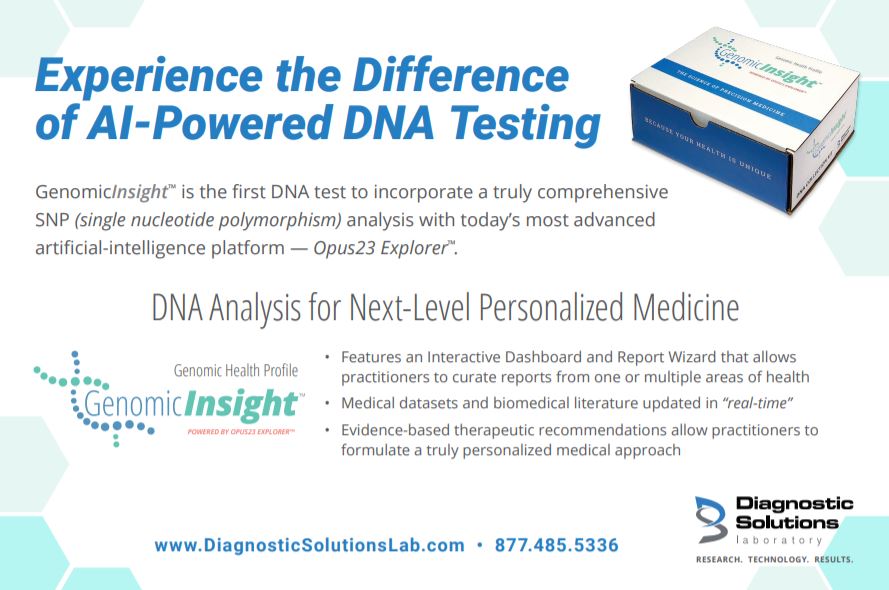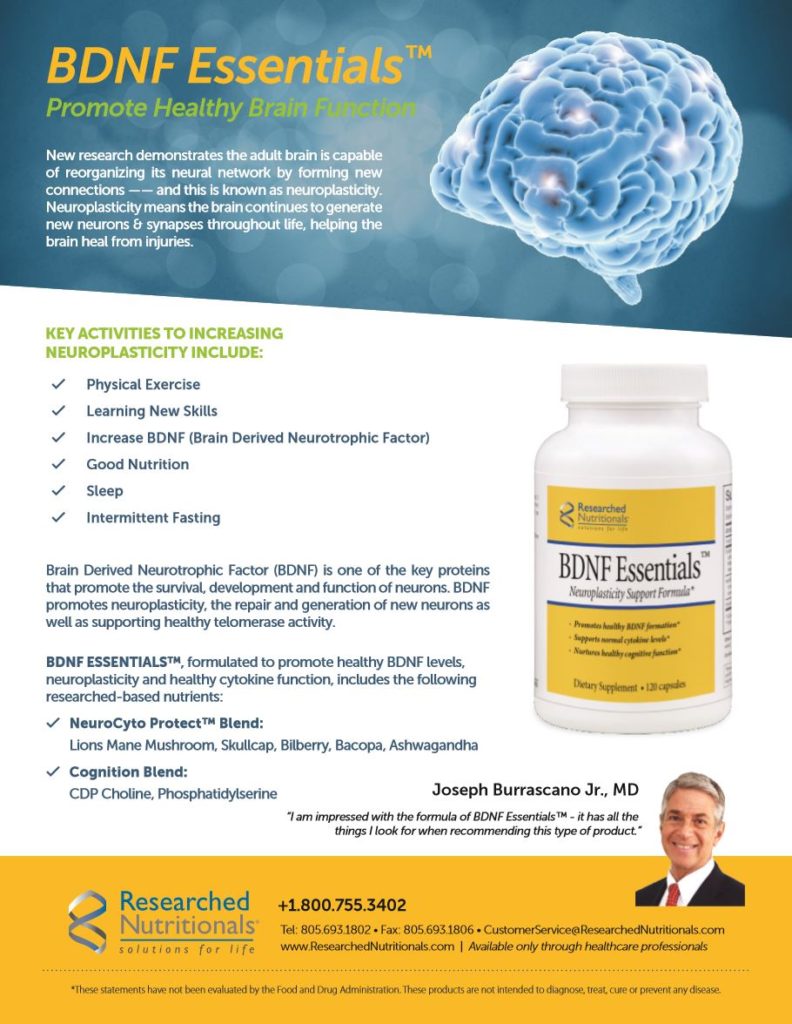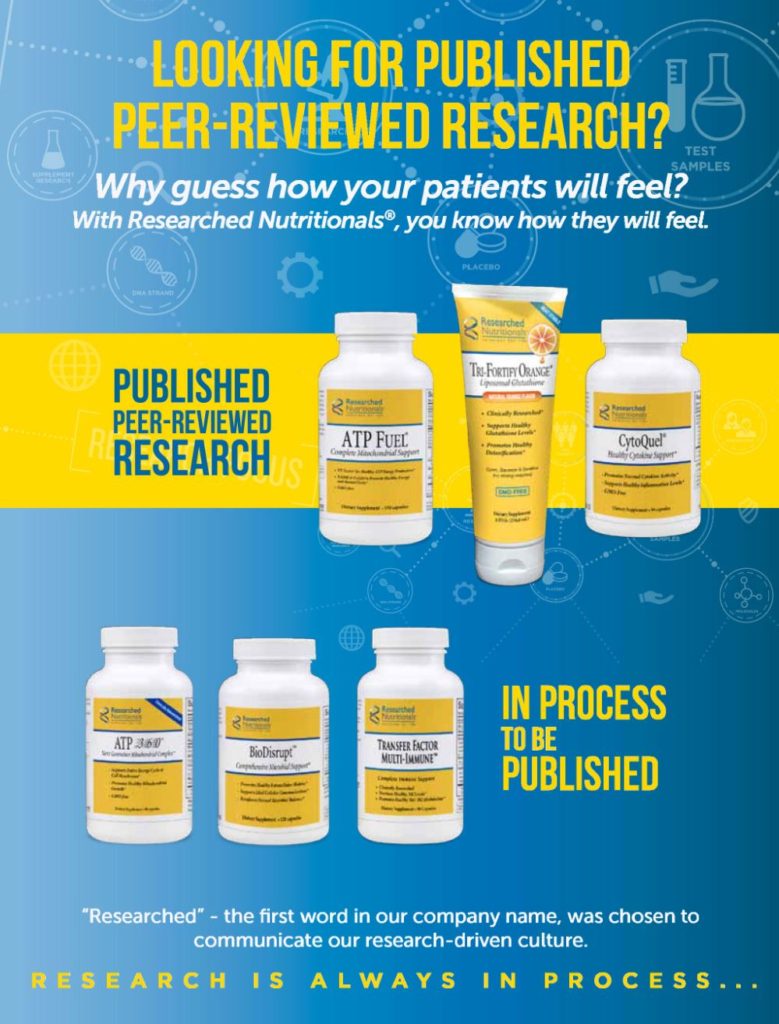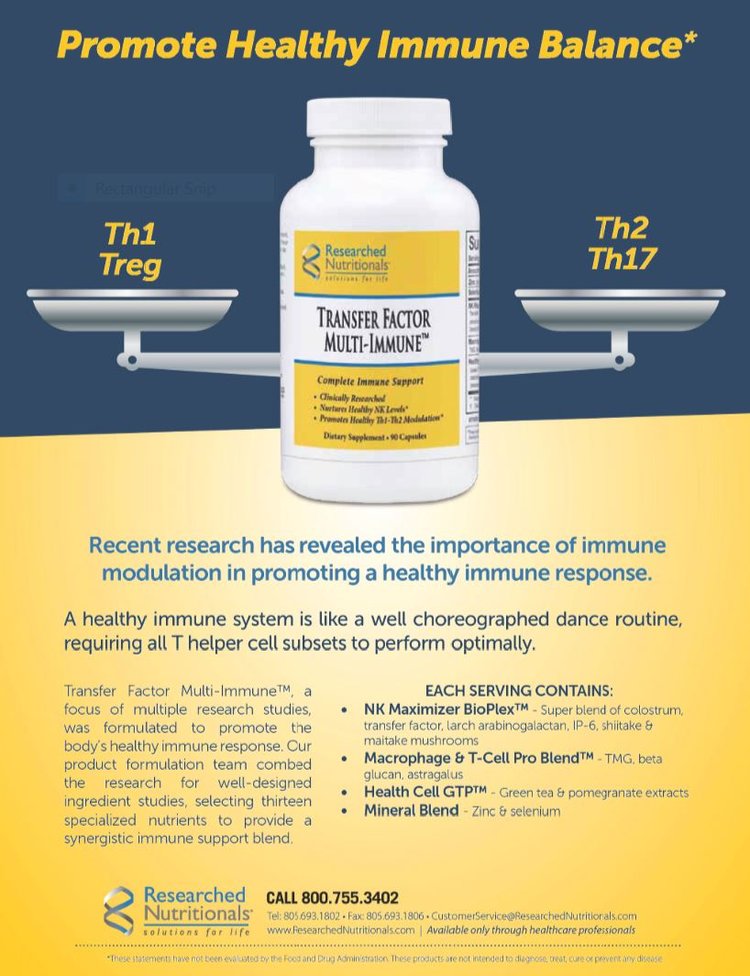
Radiance: Engineering Eubiosis
It’s time for another episode in our continuing adventures in generative paradigmatics. I hope you enjoyed the last installment (TL, June 2019), where we investigated using graph theory to develop an interactome crawler that allowed us to surf up and down the protein-protein interactome (PPI) and identify natural products capable of exerting effects in concert on high-value gene/molecular targets. For this we developed a generic open-source app (‘Psychic’) based on a similar app in the Opus23TM program that works on client raw genomic data. This kind of bioinformatics holds great promise for a more robust polypharmacy, since we are (at least computationally) within the realm of the cybernetic axiom of requisite variety (the variety of a system’s control mechanism must be greater than or equal to the variation in the system being controlled.)
Flocking and the Homeless
Most of you will recognize the image of flocking birds that I use as a logo for the column – a capability that they share with many self-organizing functions found in nature, such as termites that build mounds without blueprints, and even the detachment of metastatic cells from the surrounding extracellular matrix (ECM). These complex actions can be modeled by particle swarm optimization (PSO) algorithms (more on this in a later column.) PSO modeling has been used to study how swarming behavior renders metastatic cells immune to anoikis (programmed cell death due to ‘homelessness’). Swarm behaviors are considered ‘weak emergence,’ new properties arising in systems as a result of the interactions at an elemental level that can be computationally modeled. ‘Strong emergence,’ on the other hand, are new qualities produced that are irreducible to the system’s constituent parts. There are very few true examples of strong emergence in nature; the consciousness you’re using to read this article being perhaps the only widely accepted example.
In the June column I introduced the concept of a directed acyclic graph network (DAG,) where things (nodes) get connected to other things by lines (edges) possessing directionality (an arrow at one end or the other). The order, direction, and degree of connectedness confer considerable insights and values to a network; and with the right tools, we can do some surprising work. For example, DAGs are crucial to much of today’s machine learning and probabilistic AI, such as seen with Bayesian networks. We’ll build a Bayesian-inspired tool for differential diagnosis based on user-selected medical subject headings (MeSH) symptoms and probabilities in an upcoming column.
DAGs can also be used to quantify causality from correlation. This will be critical in the evolution of AI to beyond human capabilities. When is something clearly the cause of something else? Not easy for humans, let alone machines! To do this we can employ DAGs to identify ‘causal inference,’ by first looking at the data for associations (observing what is), then proposing some sort of ‘do’ intervention (changing what one sees; ‘If I take a baby aspirin, will my risk of heart failure reduce?’) and finally hypothesizing ‘counterfactuals’ (estimates of the unobserved outcomes; ‘If I had arrived on time.’) A fascinating and readable introduction to causal inference is Judea Pearl’s The Book of Why: The New Science of Cause and Effect (Basic Books, 2018).
Hating Your Friends and Loving Your Enemies
Today’s exercise harkens back to the old proverb that ‘the enemy of my enemy is my friend’ suggesting that two opposing parties can or should work together against a common enemy. The earliest evidence of authorship traces back to the Indian teacher, philosopher, and royal advisor Kautilya, also known as Chanakya or Vishnugupta (fl. c. 4th century BCE). We’ll use this aphorism to structure an interactive tool (‘Radiance’) that will allow us to engineer microbiome eubiosis via the selection of either the enhancement or inhibition of specific genera of microbiota.
As part of the Opus23 TM bonus module ‘Utopia’, Radiance allows clinicians to structure nutraceutical approaches to the microbiome raw data results of specific clients, typically from reporting services such as uBiome. In the Townsend Letter version of Radiance, we’ll have full functionality; we just won’t be able to work with the added insights of what needs to be done for a specific client.
Building this type of bioinformatics program requires three types of data.
1. A database (Substrata) profiling all known genera known to populate the human microbiome. This was not as easy as one might expect. Many commensal microbes have not been extensively studied and reported upon. Searching the traditional electronic reporting sources (such as PubMed) yielded some punctuated information; but general information, if available at all, was best found via traditional microbiology textbooks. This database is online and searchable at https://www.datapunk.net/substrata/.
2. Binary microbiota relationship/interaction data. Here we were much more fortunate. Professor Pål Trosvik and his team at the University of Oslo have recently published interaction data by genera as heatmaps (Microbiome. 2015; 3:44. PMID 26455879. PMC4601151). Upon contact, Professor Trosvik most generously permitted the use of his data, and in true scientific spirit provided the linear regression contouring needed to allow us to construct the binary relationships, which, as will be seen below in a small section of the data file, are quite simple and straightforward:
Bifidobacterium|1678|Roseburia|841|+
Bifidobacterium|1678|Lachnospiraceae|186803|-
Bifidobacterium|1678|Peptococcaceae|186807|+
Bifidobacterium|1678|Ruminococcaceae|541000|-
Bifidobacterium|1678|Ruminiclostridium|1508657|0
Each line is a record in the database; each field is separated by the pipe (‘|’) character. In this case, growth of genus Bifidobacterium (taxon id 1678) is
· Enhanced by genus Roseburia (taxon id 841)
· Inhibited by genus Lachnospiraceae (taxon id 186803)
· Enhanced by genus Peptococcaceae (taxon id 186807)
· Inhibited by genus Ruminococcaceae (taxon id 541000)
· Not influenced at all by genus Ruminiclostridium (taxon id 1508657)
3. A binary database of natural products, foods, and medications (‘agents’) shown to enhance or inhibit growth of specific microbiota genera. Fortunately, this data was an inevitable consequence of building the main microbiome (‘Substrata’) database. Like the interaction binaries, this database links genera taxon id numbers to tagged agents, either via their role as inhibitors or enhancers of growth.
Radiate the Microbiome
The rest of this column is best appreciated by direct hands-on mucking with the software. Radiance is available at https://www.datapunk.net/tlfd/radiance/. So, go over to your computer and fire up your browser with this URL. I’ll wait. Once here, you’ll be greeted by the screen in Figure 1.

A: The selection frame. B: The depiction frame.
The screen is actually comprised of two frames. The selection frame on the left lists all the microbiota genera for which we have interaction data and some form of expression control by agent (herb, food, etc.). Clicking on any name fires up an information popup window with all sorts of data on that genus (the same data displayed by the aforementioned ‘Substrata’ program).
To the left of each genus name are three radio buttons, colored green, orange, and grey. If your goal is to identify ways to increase growth of that genus, tick the green box; to explore ways to inhibit, tick the orange box. If you decide that, after ticking either the green or orange box, you’d rather not include that genus in the analytics after all, tick the grey box.
To the right of certain genera appear colored icons with an exclamation point. These are clues to the genus’ known pathological significance: red indicates a well-known pathobiont; yellow a more situational pathobiont. Green indicates that it is one of the good guys.
The larger frame is the depiction frame, and it’s where all the alchemy occurs. After setting up your selections, this frame will update when you press the ‘Update Map’ button. Let’s go ahead and set up some imaginary goals for an imaginary client with a ‘hot’ gut and low overall diversity. We’ll tweak Radiance to
· Enhance Akkermansia and Faecalibacterium: These two genera are typically overall ‘good guys’ in the human microbiome. Akkermansia is a mucin degrader, and because of that occupies a ‘keystone’ role in the microbiome. Faecalibacterium is a genus thought to be anti-inflammatory via its modulation of IL10.
· Diminish Collinsella and Bilophila: Collinsella is considered an ‘inflammatory pathobiont’ and is linked to the progression of rheumatoid arthritis. Bilophila likes leftover bile and its overgrowth has been linked to an increased risk of colon cancer.
To do this we tick the green boxes next to Akkermansia and Faecalibacterium and the orange boxes next to Collinsella and Bilophila; then press the ‘Update Map’ button. Now, as they used to say, through the magic of television, we see the main screen come to life (Figure 2).

The main Radiance results screen depicts the interaction network involved in the regulation of the four genera we specified and submitted. As with tradition, arrow-tipped edges indicate stimulation/enhancement; and T-bar tipped edges indicate inhibition. Agents that directly impact the selected genera link to its main node. For example, Radiance tells us that Faecalibacterium can be enhanced with arabinoglactan, whilst Collinsella can be inhibited by beta-sitosterol. Useful information in its own right, but we can add more to the mix: network relationships. Because we have data on interacting genera, we can also develop recommendations for agents that enhance genera exerting similar desired secondary effects on our selected microbe targets, a gambit termed The Indirect Approach and summarized by the strategist B.H. Liddell Hart as “The longest way round is often the shortest way home.”
For example, Collinsella can be indirectly inhibited by fostering Blautia with type III resistant starch and Bifidobactrium by adding Jerusalem artichoke to the diet. We could possibly enhance Akkermansia by increasing opportunities for Oscillospora, but since this genus tends to inhibit Faecalibacterium we’d probably not want to do that.
The default results frame depicts the relational data as a directly acyclical graph (DAG). You can also view the therapy options as tabular data by ticking ‘As List’ for the DEPICT option, then pressing the ‘Update Map’ button one more time. Radiance then updates the screen (see Figure 3).

Looks like this exercise in eubiosis engineering might respond positively to some well-known agents and protocols.
Well, there you have it, my second TL column. I hope it proves helpful. Feel free play with the software. You can’t break anything! Email me (peter@dadamo.com) with comments, questions, bug reports, and suggestions.
As previously mentioned, next time we’ll investigate how to use a common algorithm for spam detection (Naive Bayes), along with NCBI Medical Subject Headings (MeSH) symptom data to develop a probabilistic tool (Candidate, an AI-powered differential diagnosis (DDx) engine).

Peter D’Adamo is a distinguished professor of clinical medicine at the University of Bridgeport School of Naturopathic Medicine. His New York Times bestselling books have sold over 8 million copies and have been translated into over 75 languages. He is the developer of the acclaimed Opus23 genomic software suite and a variety of other generative apps that can be explored at www.datapunk.net. In his spare time, he brings old VW Beetles back to life at his garage on www.kdf20.com








